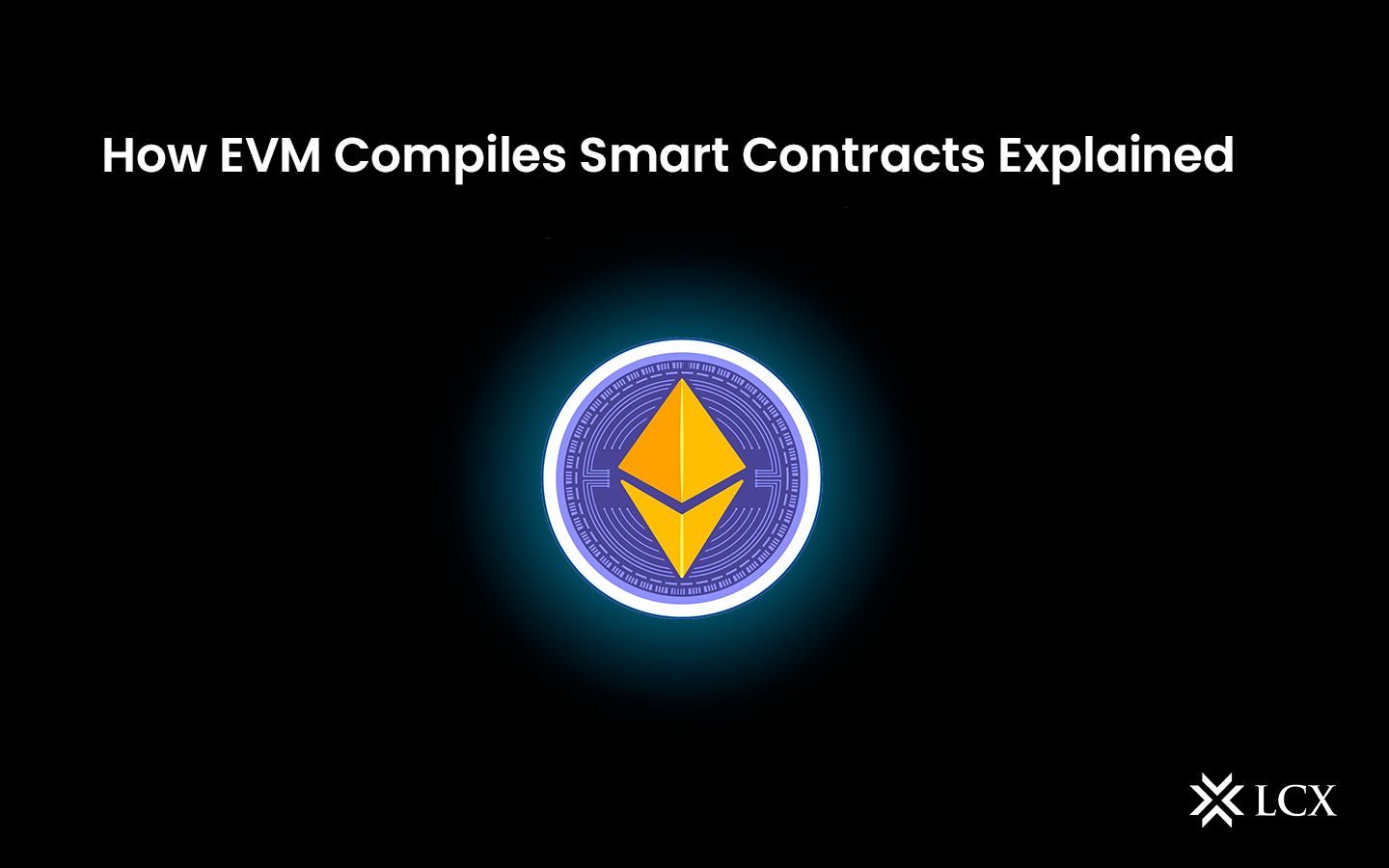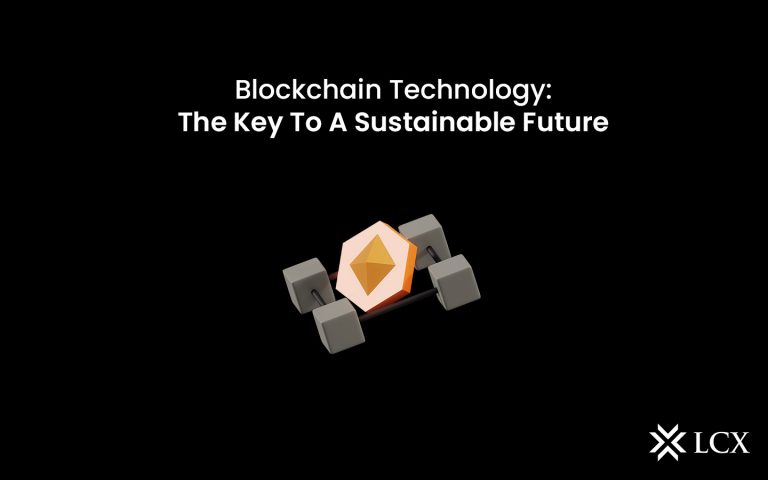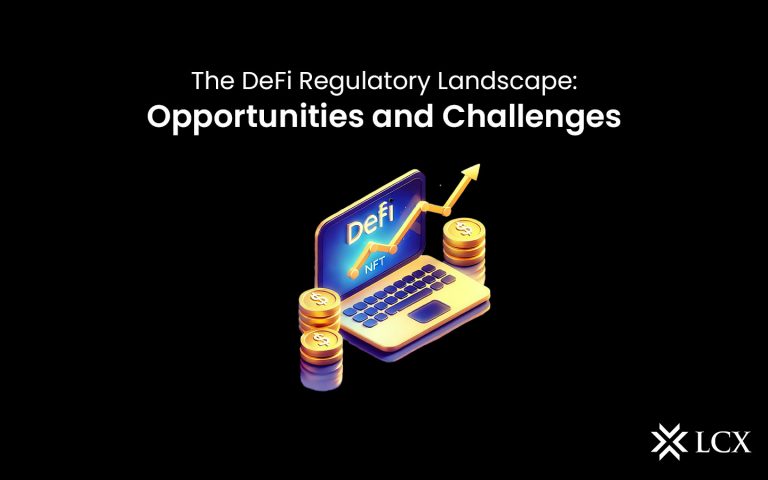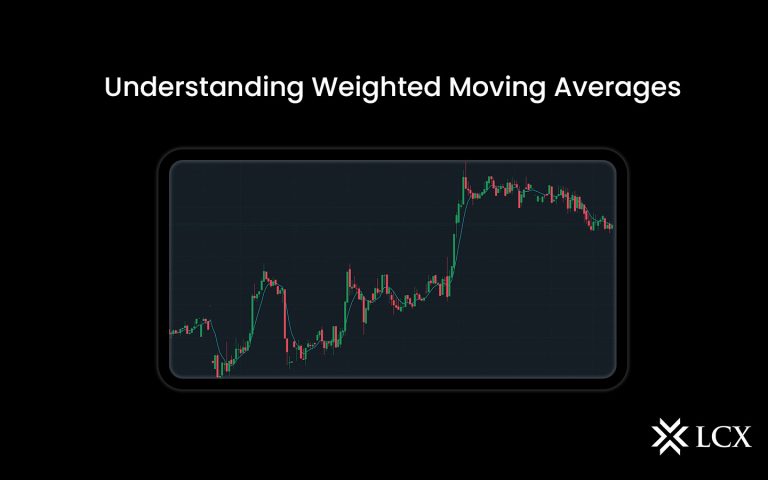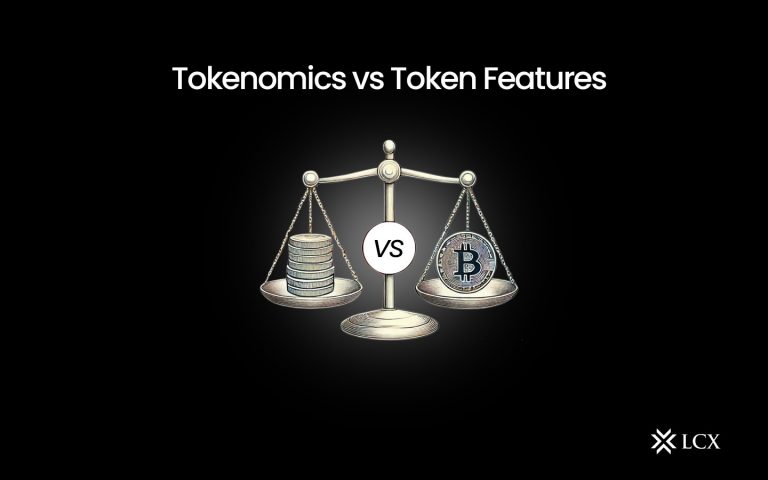Introduction
Blockchain technology has been making waves in various sectors. Within the blockchain domain, Ethereum, the leading smart contract platform, is a hotbed for groundbreaking developments. One such leap forward is the introduction of ERC-6960, a game-changer in the realm of tokenization. This new standard, also known as the Dual-Layer Token (DLT) standard, is set to revolutionize the way we handle Real-World Assets (RWAs). But what exactly is ERC-6960, and how will it change the world? Let’s break it down in simple terms.
Introduction to Tokenization
Tokenization serves as the bedrock of the digital economy. It creates a connection between tangible assets and the digital domain, thereby enabling the trading of assets that were previously illiquid. This transition is crucial, as it broadens the range of potential investors and increases their diversity. A key strategy within this framework, fractional ownership grants individuals access to high-value assets through the ownership of a portion of them. It provides a cost-effective means of accessing these assets, enhances portfolio diversification, and distributes the obligation of asset upkeep among numerous proprietors.
The Problem With Existing Token Standards
Although tokenization and fractional ownership present numerous prospects, current token standards such as ERC-20, ERC-721, and ERC-1155 are inadequate in facilitating fractional ownership of non-fungible and fungible tokens. ERC-6150, which is an extension of ERC-721 designed to represent NFTs hierarchically, is restricted to non-fungible tokens. A comprehensive standard that combines the adaptability of ERC-1155 with improved support for fractional ownership and hierarchical representation is urgently required.
To completely grasp the revolutionary nature of ERC-6960, it is instructive to juxtapose it with other widely used token standards:
ERC-20: The most prevalent token standard utilized for fungible tokens is ERC-20. Fungible tokens, similar to currency, can be exchanged. An ERC-20 token is interchangeable. However, neither non-fungible nor semi-fungible tokens nor fractional ownership are supported by ERC-20.
ERC-721: ERC-721 is the protocol by which non-fungible tokens (NFTs) are implemented. Due to the uniqueness of each ERC-721 token, they are ideal for signifying proprietorship of one-of-a-kind items or assets. ERC-721, similar to ERC-20, does not permit fractional ownership.
ERC-1155: This advanced standard facilitates the exchange of fungible and non-fungible tokens. Despite being more adaptable than ERC-20 and ERC-721, it is still deficient in certain respects. It lacks built-in support for fractional ownership and can be inefficient when it comes to managing diverse asset categories within the same contract.
What Is ERC-6960?
ERC-6960 token standard has been developed to support fungible and non-fungible tokens via a dual-layer classification mechanism. Each sub-asset (layer 2) and primary asset (layer 1) in this system have their own distinct characteristics, metadata, and supply. This standard breathes new life into the field of tokenization by addressing the shortcomings of current token standards. A diverse array of assets, including real estate, invoices, company stocks, and digital artifacts, can be tokenized and fractional ownership enabled via ERC-6960. Supporting fractional ownership while representing RWAs on the blockchain is an innovative approach. This allows it to divide a single asset into smaller components, each of which is owned by a separate individual.
With the intention of developing a standard interface for multiple tokens that utilizes dual-layer classification, ERC-6960 draws inspiration from ERC-1155 while introducing a distinct interface. If a token represents a primary asset, it is allocated the mainId; conversely, sub-assets are allotted subIds, which may contain the attributes and metadata of the latter. The one-to-many relationship between subIds and mainIds enables the implementation of a flexible classification system.
Nevertheless, the depth of the classification layer is restricted to two, which precludes sub-assets from procreating. This design decision preserves functionality and streamlines the contract. DLT and DLTReceiver are the two fundamental interfaces provided by ERC-6960, which guarantee a smooth integration with smart contracts.
In addition to integrating the capabilities of ERC-20, ERC-721, and ERC-1155, the ERC-6960 Dual Layer Token Standard incorporates a classification layer. The primary asset type is identified by this layer using mainId, while unique attributes and variations are denoted by subId. This distinctive methodology enables token administration at an exceptionally fine level of detail, thereby streamlining the process of token tracking within a contractual agreement. Offering efficient administration of both fungible and non-fungible assets, it is especially beneficial for fractional ownership of Real World Assets (RWAs).
How Will ERC-6960 Revolutionize Real-World Assets?
Enhanced Asset Management: The implementation of ERC-6960 facilitates a more streamlined and effective approach to asset management. Developers are better equipped to manage intricate scenarios that involve a variety of asset categories each possessing multiple attributes.
Increased Scalability: Scalability is ensured by the dual-layer architecture of ERC-6960. Without compromising efficiency, it is engineered to manage a wide range of asset categories and their attributes. This is of the utmost importance when managing RWAs, which may consist of numerous components and demand adaptable administration.
Enhanced Interoperability: By facilitating interaction and integration with other blockchain projects, wallets, and marketplaces, ERC-6960 as a standard fosters a more cohesive ecosystem. The establishment of interoperability is critical for the expansion and integration of blockchain technology throughout diverse sectors.
Fostering Innovation: ERC-6960’s adaptability inspires programmers to investigate novel and inventive implementations spanning various sectors and practical contexts. Adapting to diverse scenarios and requirements is facilitated by the distinctive combination of the mainId and subId structures, which enables the development of novel solutions that may be unattainable using alternative token standards.
Conclusion
In terms of tokenization, the ERC-6960 Dual Layer Token Standard is positioned to bring about a paradigm shift. It organizes and granularifies the management of non-fungible and fungible assets to an unprecedented degree. Particularly in the context of Real World Assets (RWAs) and fractional ownership, its uses are extensive and its influence is pervasive. ERC-6960 and other standards that continue to develop alongside blockchain technology pave the way for a more accessible and inclusive financial future.
An additional instrument has been added to the Ethereum ecosystem’s repertoire, prepared to confront the complexities of the physical world. ERC-6960 is a key that uncovers new opportunities and possibilities for developers, investors, and the blockchain community as a whole. It is not merely a token standard.
